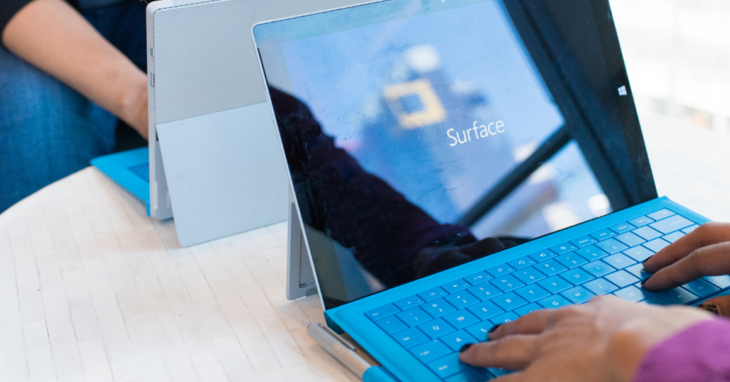
Bring your own device (BYOD) means bringing your own device to work, such as personal laptops, mobile phones, tablets, etc. It works online in different scenarios and is not limited by time, location, device, personnel, or network environment. BYOD presents a vision of the future of work.
BYOD continues to evolve these years, especially as remote work becomes more and more common. BYOD is not only limited in business but also exists in education, such as high school and university.
In Business
In recent years, the growing emphasis on enterprise in BYOD has been a big trend in the industry. The use of mobile devices is increasing; it allows users to access the cloud and data centres at any time.
- Improved user enhancement, companies benefit when employees are allowed to use devices with which they are already familiar. Companies can save money on training. Employees can go to work. They are more productive because they know which features and functions to use. This also applies to workers working in the field. They can use personal handheld devices, not just laptops.
- Happy employees, using unfamiliar technology can be frustrating for anyone. Most employers know when an employee is unhappy. That makes it hard for companies to retain them over the long term. It lowers performance and demoralises employees.
- Reduced operating costs, instead of having to buy new equipment for each employee, each employee can use their endpoints for work-related activities. Some organisations may subsidise their employees to cover some or all of their phone bills.
If operated correctly, the benefits of BYOD in business can be enriching, allowing organisations to successfully achieve their digital transformation goals at a critical time. However, without an appropriate device management framework, BYOD programs can increase security risks and, if not handled properly, can leave enterprise resources vulnerable to growing cyber threats.
In Education
Education must move with time. The study found that the current age highly depends on wireless devices and mobile phones. Educators can use this instead of fighting it.
- BYOD saves learning time. It makes collaboration more accessible, and research can be done faster. Students don’t have to sit in the library for hours, looking at microfilm and articles on the reference shelves.
- BYOD can be used to get connect with experts from outside the classroom. Students can use the communication function to participate in projects that require contact with the community or research experts.
- Engaged learners are better learners. BYOD gives students control over their learning. Many education researchers believe it is best to give students the power to learn independently and that teachers become learning administrators rather than direct sources of information.
BYOD has gained support in education in recent years, with proponents saying its benefits are linked to the Internet’s huge educational potential. Students feel comfortable and confident with a familiar device, allowing the family to prefer the way.
At DataUP, we are here to help! We provide professional solutions for small and medium-sized businesses to improve BYOD security, whether in business or education. Feel free to contact us, we will be happy to assist you!
Reference:
informED. 2022. Bring Your Own Device (BYOD): 10 Reasons Why It’s a Good Idea. [online] Available at: JumpCloud. 2022. Top 5 BYOD Business Benefits – JumpCloud. [online] Available at: Security, R., 2022. Advantages of BYOD in the Workplace | RSI Security. [online] RSI Security. Available at: <https://blog.rsisecurity.com/advantages-of-byod-in-the-workplace/> [Accessed 4 October 2022].